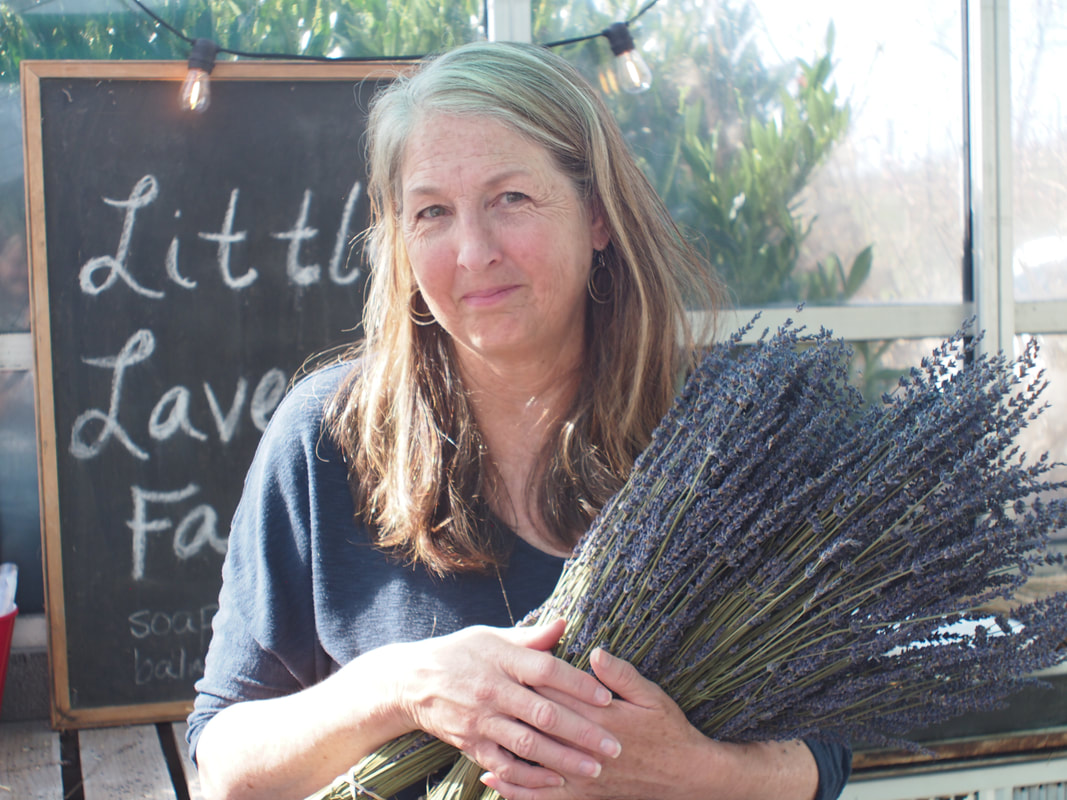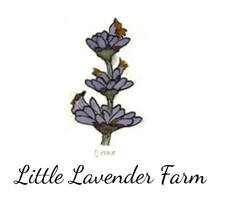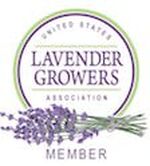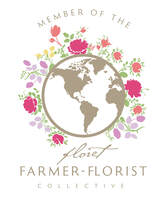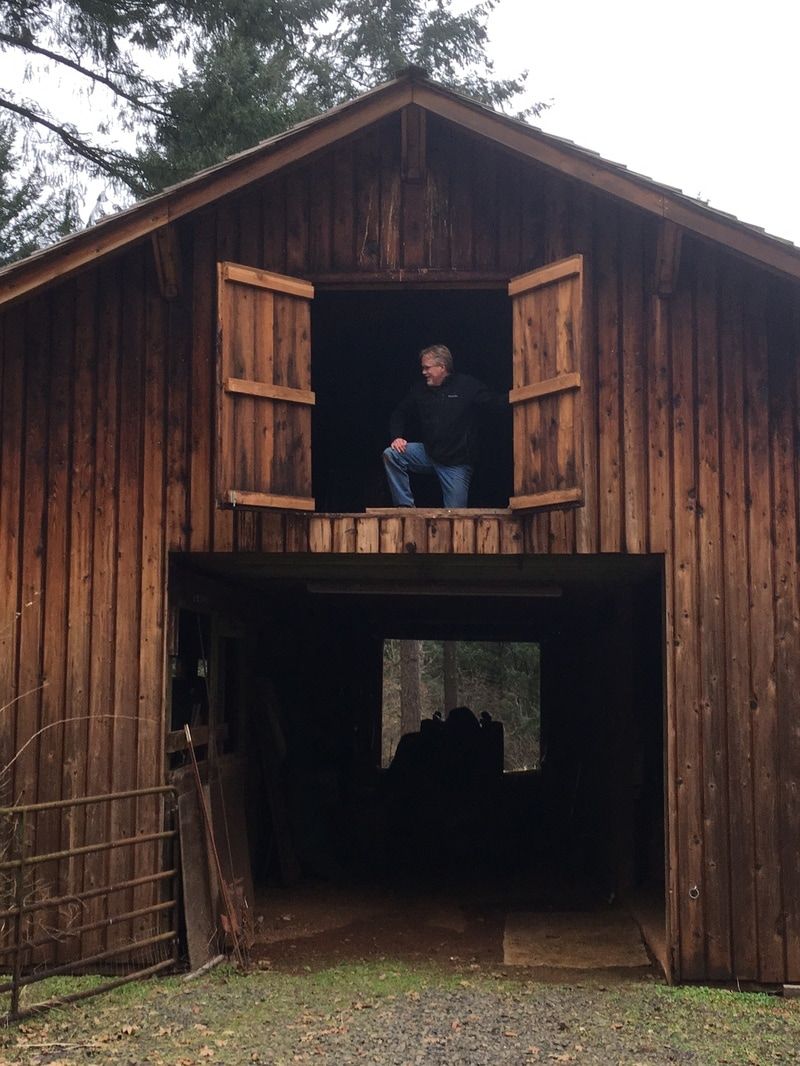 Farm shopping is just as fun as you would imagine. Every new place holds its history and its promise, both for what it is and what we could make it. Each one has it charms and its challenges. One farm might have the perfect sloping, open, south-facing land with a view, but is out of our price-range, or is in the wrong location, or just doesn’t feel right. Another might have a beautiful house, but the land is too steep or not sloped at all or too wooded. And I knew going into this that we might be shopping for a while. But I knew we had found our place when we saw the giant wooden barn and my husband walked toward it as if in a trance, and then continued back behind it. I knew we had found our place when I saw him walking around the land and looking up at the sky as if to say, “OK I’m here” -- completely ignoring all of us gathered to discuss this latest possibility. After a while, Mark walked over and said “I love it” -- and I knew he did and that this would be our place. The barn was beautiful, the land was sloped (though a few trees would need to be cut down to open it up a little), there was a (bonus) 1 acre vineyard that grows pinot noir, it had its own forest -- it was on 30 acres of Oregon heaven. It has a detached garage for space to create an artist’s studio or little apartment. It has a small shed next to the garage that could be converted into the Little Lavender Shop. I could see where I would put the chickens and the greenhouse and the herb garden and perhaps a few goats. I could see where visitors would park when they came to pick lavender. The house was a log home. I never would have chosen a log home, but it’s beautiful and we could make it our own. There was so much promise here. The present owner is an engineer (as is Mark) and as we talked with his daughter about the history of the farm and the stories that go along with it, we both felt an incredible sense of responsibility. We wanted to be the new caretakers of this land and love it as much as her dad has. Later that day, my sweet husband wrote the owner and his daughter a letter promising to do as much. We have put in our offer and it has been accepted. And now we wait. And we dream. Little Lavender Farm part 2 has begun.
3 Comments
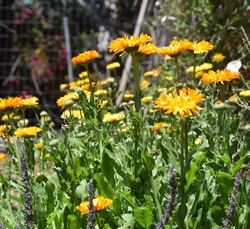 I am growing Calendula in my herb garden for the first time this year -- and what a shame that I’ve lived so many summers without growing this beauty! Not only is it a pretty flower (which sits in little vases and brightens up my kitchen), but it also self-sows and blooms as fast as I can pick it. But that’s not all. One of its many names is the “poets marigold” because of two features: 1) It opens its petals at about 9:00 each morning, slowly follows the sun throughout the day, and then closes up shop at about 3:00 each afternoon. 2) During the night, droplets of water will often gather in the flower and then drop off of its petals when it opens in the morning. Who wouldn’t want to write about a weeping flower/loyal sun-worshipper?! And there’s more. The Calendula is incredibly healing -- its petals are edible and contain all kinds of healthy properties, with The Herb Society of America noting that it is a probable cancer preventative food since it contains carotenoids, lycopine, and lutein. And it’s versatile: the leaves can be boiled and eaten like spinach, the buds can be pickled and used like capers, fresh petals can be tossed into a salad, and the dried petals can act as a saffron substitute, as well as flavor broth and color cheese. I for one, am looking forward to creating a Calendula infused oil and then using that infusion in salves and soaps -- since it’s also an anti-inflammatory and an astringent used to heal bruises, burns, and cuts. I imagine a Caledula/Lavender soap would be amazing! I think this little flower is going to keep me very busy in the next few weeks! *Thanks to my sister Stephanie for the title! 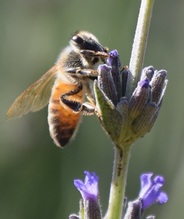 It’s always an eventful day when Hilary Kearney, the Girl Next Door beekeeper comes to visit. Yesterday was no exception. A few weeks ago, her boyfriend Tim had stopped by to check on the bees and noticed that one of the hives had lost its queen. Now this can happen for a few different reasons -- maybe she died, maybe they swarmed. There was no way to know in this case. But Tim spent some time transferring some of the brood from the "queenright" hive to the queenless hive in hopes that this hive would make a new queen. How might they do that, you ask? I wondered that as well, so I researched a bit by reading both Hilary’s blog and several other resources. This is what I learned: 1) Once the bees recognize that a new queen is needed, several of the fertilized eggs are chosen to become a potential queen and their cells are extended downward by worker bees in order to make them bigger. 2) These potential queens are fed a special concoction of royal jelly (all bee larvae are fed royal jelly for the first three days but potential queens continue on this diet). 3) After they’ve been fed a bunch of the royal jelly and about nine days after laying, the potential queens are sealed in their cell with layer of wax 4) About a week after that, the first queen will emerge (let’s call her Cercei), and using her special, non-barbed stinger, she will slay her queen sisters before they can emerge from their cells by piercing through their wax cells. 5) If, by chance, another queen emerges at the same time, they will duel to the death. 6) Queen Cercei will then begin the mating process, take several mating flights with several male drones (if you think about it, these could be her brothers), who die after they mate. 7) Soon after mating, the queen will start laying eggs -- up to 1500 per day With all of this drama going on down in the hives, you can imagine how anxious I was to find out how things were progressing. WAS there a new queen? Was there a royal murder? Was there all kinds of bee sex going on in my backyard? Were babies being produced? Would the queendom survive? We are so excited for our first farmers’ market in the San Diego area! We will be at the Sikes Adobe Farmers’ Market across the street from Westfield North County in Escondido tomorrow, Sunday Feb 28. So if you're in the area, come on by! We will be selling some things we haven’t yet put on the website -- hydrosols, wreaths, and lavender bundles -- along with soap, neck and eye pillows and sachets.
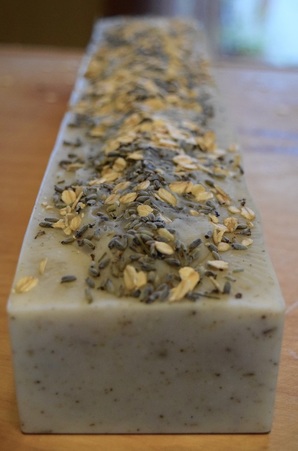 There is something so magical about making cold-process soap: the chemistry of it, the "danger" of it, the creativity of it, and the mystery of it. I've tried the "melt and pour" method (premade soap bricks that you melt, add scent to and then pour into molds) and I've tried the hot-processed method (quicker saponification in the crock-pot for those who like instant gratification), and while those are perfectly acceptable methods, cold-process is the one for me. It's like a little bit of Christmas every time I get to unwrap the soap I made the previous day to see what I've created. So I thought I'd spread the magic and share my lavender oatmeal recipe for anyone who would like to give it a try. I've also added a few links to products that I use and have worked well for me. There are also some great websites for ingredients, products, and instruction. I especially like Brambleberry not only for products but for the instruction. (Of course if you'd rather just buy some soap, I can help you with that as well!) 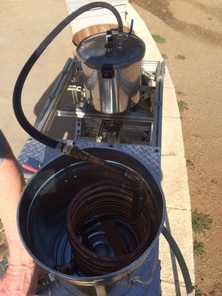 Last weekend, after making modifications to our design, we made another attempt at distillation. Mark attached a separate hose to the top of the pressure cooker and also modified the coiled copper cooling section so that gravity could help pull the the steam and resulting distillate through to the funnel. The modifications worked beautifully -- the attached hose and copper coiling quickly brought the distillate into the funnel and we could see a thin layer of oil forming on the top. But as we were emptying the funnel, the oil layer got smaller and smaller and finally disappeared altogether. We were perplexed so I read as much as I could find online and I think there might be a few issues going on here:
I would also like to replace the radiator hose coming from the pressure cooker with a copper hose -- and Mark wants to modify the hose to be more of a funnel shape as well After a week of torrential rain, today was cool and sunny -- and our first official harvest day. Probably an unusually late date for a lavender harvest, but that’s lavender farming in San Diego county. In addition to harvesting the lavender, we also attempted essential oil distillation for the first time and I attempted pruning for the second time. Though we made some progress, both need to be improved.
After months of back and forth with Hilary the bee girl (The Girl Next Door Honey) and trying to schedule a good day to get our bees, they have arrived! At 8:30 Friday night, Hilary drove up in her white Prius, filled with bee supplies and two bee hives, and the first thing she said as she walked up was…”we have a bit of a problem.” Not the first thing I’d necessarily want to hear from the bee expert, but OK. Apparently she had what she called a “bee leak.” Bees had escaped and had clumped onto the side of their hive. In her car. While she was driving.
First of all, I can’t believe that she had driven almost an hour to get to my house from Imperial Beach (where the hive had been residing) with two hives in her back seat -- but with a leak too! This woman is made of steel...my admiration for her as a badass beekeeper has skyrocketed. 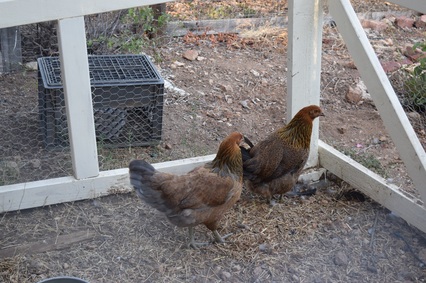 2:00 in the morning and we hear a commotion outside. Thinking it’s a cat we start to doze off again only to be immediately startled back to consciousness by the unmistakeable sound of turmoil in the chicken coop. Grabbing a flashlight and the dogs, Mark and I run outside and see the chicken coop literally shaking, chickens screaming, dogs barking, and then stillness. The dogs continue to bark and we quickly go to the front of the coop and see a chicken huddled in the corner. After shining our flashlights around and seeing nothing, we go into the garden to the back of the coop and see a lifeless pile of chickens laid out by the watering trough. As we shine our lights on each chicken I am struck by the lack of blood -- nothing except a small trickle from one. Five hens in that pile. One hen left unscathed. My little brood is destroyed. Sadness engulfs me. I am strangely attached to these little birds. But then as I am starting to turn, I see one of the fallen hen’s chests still moving, still breathing, and a faint glimmer of hope stirs. I look closer. Maybe. Just maybe I will have 2. I can’t bring myself to clean up what has happened just yet, deciding to wait until the morning, and as I fall asleep I send up a little prayer for two live chickens. We have been hit by coyotes, but we interrupted their hunt, so they leave with nothing. A little later, as I am falling asleep, I hear them howl, having finally found their dinner. |
Categories
All
Archives
May 2022
AuthorHello! My name is Pam Reynolds Baker and I am a mom/wife, writer, and lavender farmer who lives in Dundee Oregon . |
- Home
-
Lavender 101
- Our Lavender
- A Brief History of Lavender
- The Many Uses of Lavender Essential Oil
- Choosing the Best Essential Oil for You
- What is Hydrosol anyway?
- Lavender and Anxiety
- Lavender and Weddings
- A Lavender Home
- Lavender and Soil Amendment
- Growing Lavender in Containers
- When to harvest lavender
- Cleaning Lavender Buds
- Pruning
- Shop
- Recipes
- Writing
- Lavender Crafts
- Gallery
- About Us
- Press
- Privacy Policy


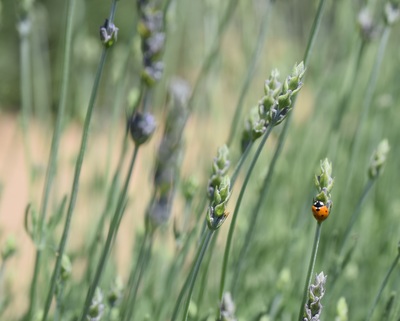
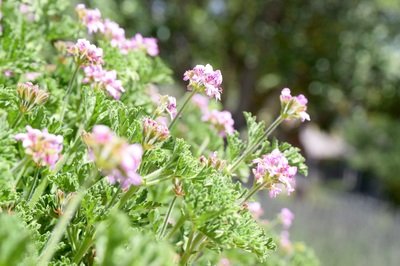
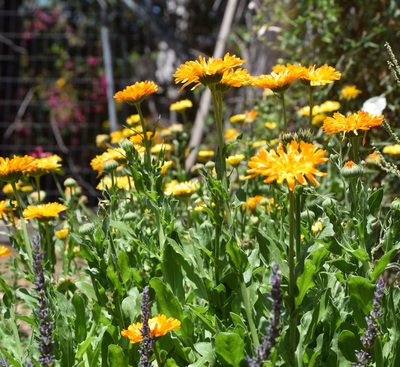
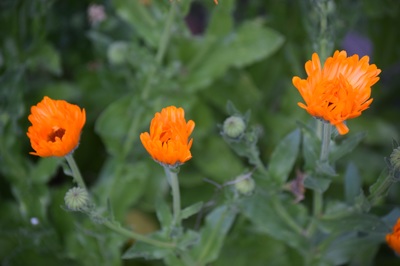

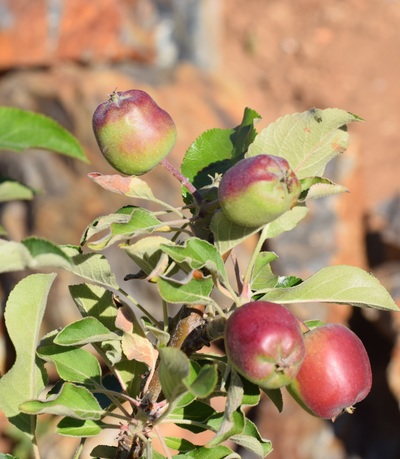
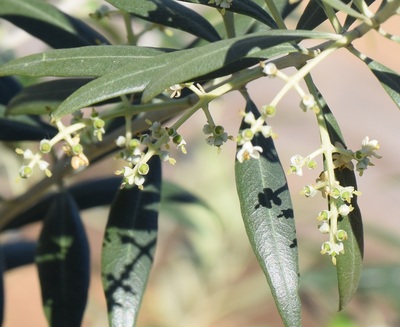
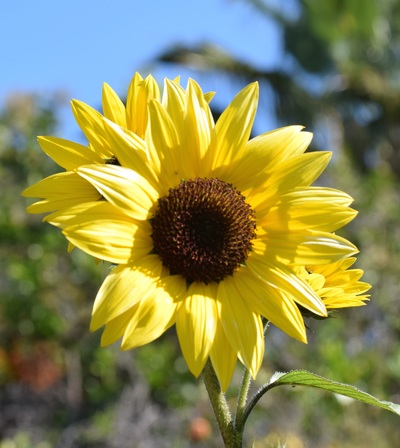

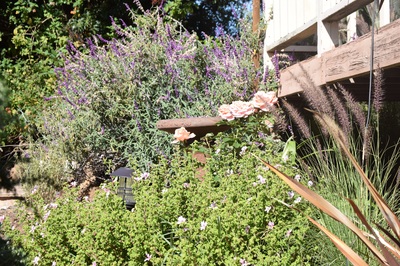
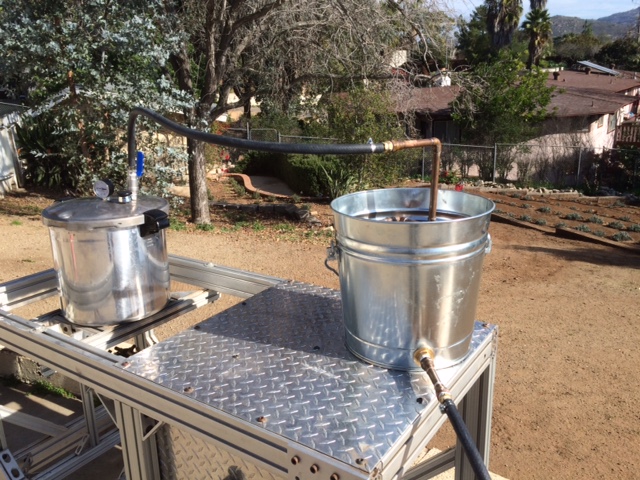
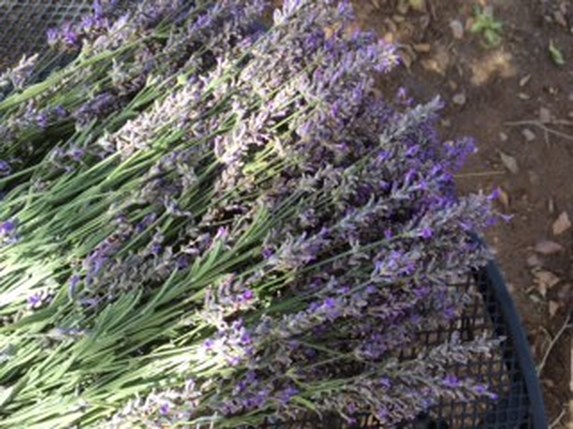
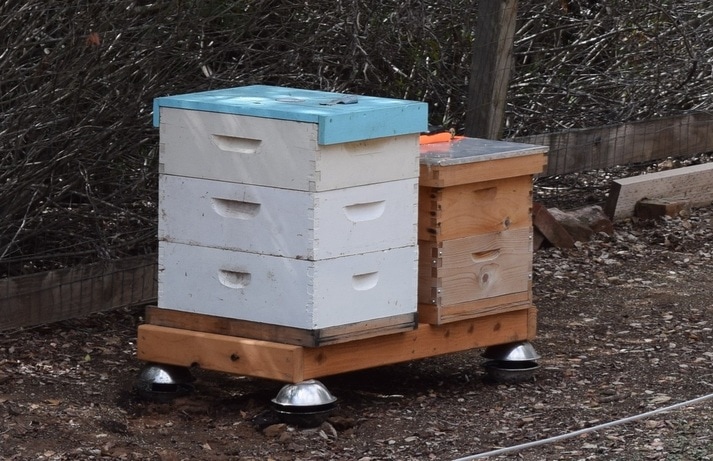
 RSS Feed
RSS Feed
